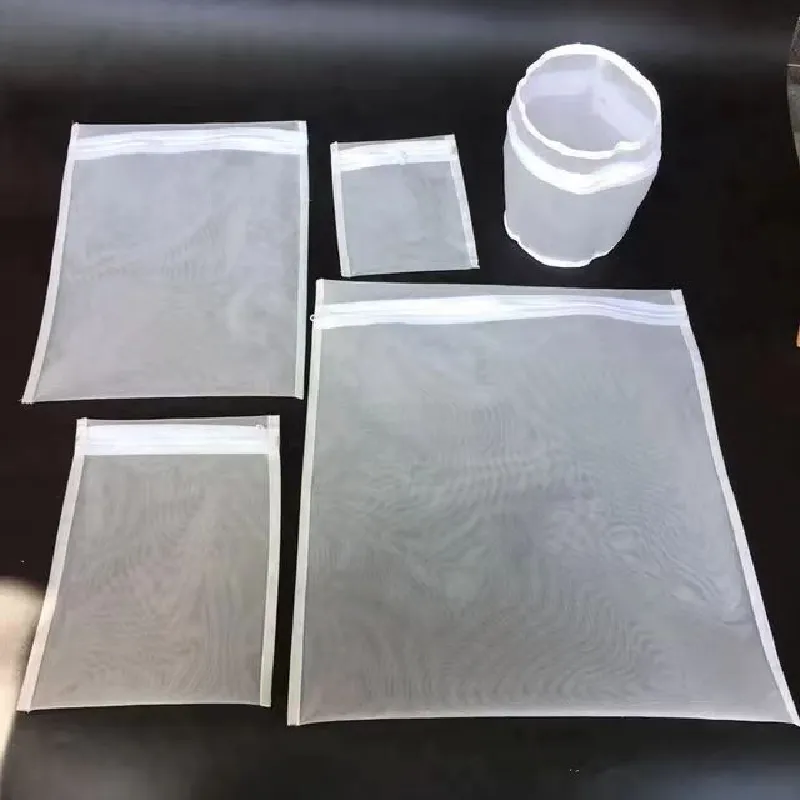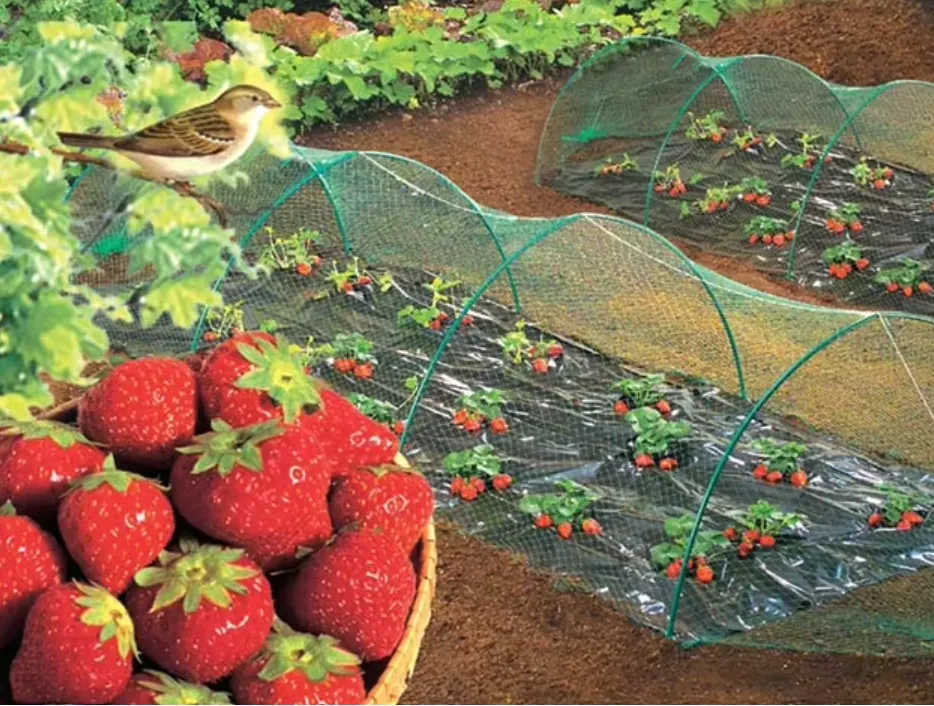-
 Afrikaans
Afrikaans -
 Albanian
Albanian -
 Amharic
Amharic -
 Arabic
Arabic -
 Armenian
Armenian -
 Azerbaijani
Azerbaijani -
 Basque
Basque -
 Belarusian
Belarusian -
 Bengali
Bengali -
 Bosnian
Bosnian -
 Bulgarian
Bulgarian -
 Catalan
Catalan -
 Cebuano
Cebuano -
 China
China -
 Corsican
Corsican -
 Croatian
Croatian -
 Czech
Czech -
 Danish
Danish -
 Dutch
Dutch -
 English
English -
 Esperanto
Esperanto -
 Estonian
Estonian -
 Finnish
Finnish -
 French
French -
 Frisian
Frisian -
 Galician
Galician -
 Georgian
Georgian -
 German
German -
 Greek
Greek -
 Gujarati
Gujarati -
 Haitian Creole
Haitian Creole -
 hausa
hausa -
 hawaiian
hawaiian -
 Hebrew
Hebrew -
 Hindi
Hindi -
 Miao
Miao -
 Hungarian
Hungarian -
 Icelandic
Icelandic -
 igbo
igbo -
 Indonesian
Indonesian -
 irish
irish -
 Italian
Italian -
 Japanese
Japanese -
 Javanese
Javanese -
 Kannada
Kannada -
 kazakh
kazakh -
 Khmer
Khmer -
 Rwandese
Rwandese -
 Korean
Korean -
 Kurdish
Kurdish -
 Kyrgyz
Kyrgyz -
 Lao
Lao -
 Latin
Latin -
 Latvian
Latvian -
 Lithuanian
Lithuanian -
 Luxembourgish
Luxembourgish -
 Macedonian
Macedonian -
 Malgashi
Malgashi -
 Malay
Malay -
 Malayalam
Malayalam -
 Maltese
Maltese -
 Maori
Maori -
 Marathi
Marathi -
 Mongolian
Mongolian -
 Myanmar
Myanmar -
 Nepali
Nepali -
 Norwegian
Norwegian -
 Norwegian
Norwegian -
 Occitan
Occitan -
 Pashto
Pashto -
 Persian
Persian -
 Polish
Polish -
 Portuguese
Portuguese -
 Punjabi
Punjabi -
 Romanian
Romanian -
 Russian
Russian -
 Samoan
Samoan -
 Scottish Gaelic
Scottish Gaelic -
 Serbian
Serbian -
 Sesotho
Sesotho -
 Shona
Shona -
 Sindhi
Sindhi -
 Sinhala
Sinhala -
 Slovak
Slovak -
 Slovenian
Slovenian -
 Somali
Somali -
 Spanish
Spanish -
 Sundanese
Sundanese -
 Swahili
Swahili -
 Swedish
Swedish -
 Tagalog
Tagalog -
 Tajik
Tajik -
 Tamil
Tamil -
 Tatar
Tatar -
 Telugu
Telugu -
 Thai
Thai -
 Turkish
Turkish -
 Turkmen
Turkmen -
 Ukrainian
Ukrainian -
 Urdu
Urdu -
 Uighur
Uighur -
 Uzbek
Uzbek -
 Vietnamese
Vietnamese -
 Welsh
Welsh -
 Bantu
Bantu -
 Yiddish
Yiddish -
 Yoruba
Yoruba -
 Zulu
Zulu
Feb . 14, 2025 01:35
Back to list
bug mesh
Bug mesh, often a hidden gem within the expansive world of mesh technology, continues to evolve as an essential product for both domestic and industrial applications. Its utilization stems from a growing demand for efficient and effective solutions to pest management—the fundamental need to shield environments from the harmful impacts of insects without resorting to toxic substances. Understanding bug mesh from an experience, expertise, authoritativeness, and trustworthiness (E-E-A-T) perspective offers a comprehensive analysis of its value and application.
In terms of authoritativeness, leading manufacturers and researchers in the field of pest management endorse bug mesh for its efficacy and environmental benefits. Unlike chemical repellents, which carry health risks and environmental concerns, bug mesh is a sustainable solution that aligns with eco-friendly practices. Institutions dedicated to public health and environmental conservation advocate the use of bug mesh, sealing its reputation as a reliable barrier against both common and exotic pests. This recognition propels bug mesh into mainstream architectural and agricultural practice, bolstering its authoritative stance in pest management solutions. Trustworthiness governs consumers' long-term reliance on bug mesh, supported by consistent performance and safety assurances. The non-toxic nature of bug mesh appeals to users conscious of health and ecological impacts. Furthermore, the durability of modern meshes ensures a return on investment through extended product life and minimal maintenance needs. Rigorous testing of materials and manufacturing processes reassures users of the mesh's ability to withstand varied climatic conditions, from intense summer heat to rainy winters, without compromising integrity or effectiveness. Bug mesh, therefore, stands as a testament to the integration of experience, expertise, authoritativeness, and trustworthiness in product design and implementation. Its utility spans from private households to expansive agricultural lands, playing a pivotal role in modern pest control strategies. As our understanding of sustainable living deepens, bug mesh not only embodies a practical solution to everyday problems but also highlights a commitment to innovation in alignment with environmental stewardship. This underlines its irreplaceable position in both personal and professional spheres, ensuring a future where health and comfort are seamlessly balanced with ecological responsibility.


In terms of authoritativeness, leading manufacturers and researchers in the field of pest management endorse bug mesh for its efficacy and environmental benefits. Unlike chemical repellents, which carry health risks and environmental concerns, bug mesh is a sustainable solution that aligns with eco-friendly practices. Institutions dedicated to public health and environmental conservation advocate the use of bug mesh, sealing its reputation as a reliable barrier against both common and exotic pests. This recognition propels bug mesh into mainstream architectural and agricultural practice, bolstering its authoritative stance in pest management solutions. Trustworthiness governs consumers' long-term reliance on bug mesh, supported by consistent performance and safety assurances. The non-toxic nature of bug mesh appeals to users conscious of health and ecological impacts. Furthermore, the durability of modern meshes ensures a return on investment through extended product life and minimal maintenance needs. Rigorous testing of materials and manufacturing processes reassures users of the mesh's ability to withstand varied climatic conditions, from intense summer heat to rainy winters, without compromising integrity or effectiveness. Bug mesh, therefore, stands as a testament to the integration of experience, expertise, authoritativeness, and trustworthiness in product design and implementation. Its utility spans from private households to expansive agricultural lands, playing a pivotal role in modern pest control strategies. As our understanding of sustainable living deepens, bug mesh not only embodies a practical solution to everyday problems but also highlights a commitment to innovation in alignment with environmental stewardship. This underlines its irreplaceable position in both personal and professional spheres, ensuring a future where health and comfort are seamlessly balanced with ecological responsibility.
Next:
Latest news
-
Shipping Plastic Bags for Every NeedNewsJul.24,2025
-
Safety Netting: Your Shield in ConstructionNewsJul.24,2025
-
Plastic Mesh Netting for Everyday UseNewsJul.24,2025
-
Nylon Netting for Every UseNewsJul.24,2025
-
Mesh Breeder Box for Fish TanksNewsJul.24,2025
-
Expanded Steel Mesh Offers Durable VersatilityNewsJul.24,2025











